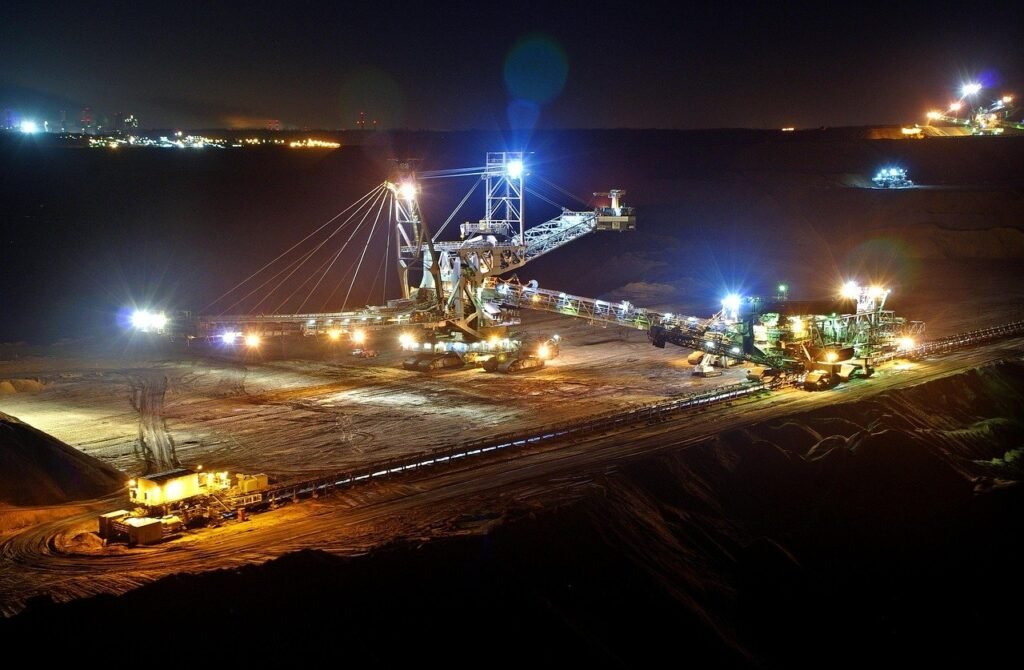Earlier this month, the Chinese government implemented stringent export restrictions on rare earth elements — valuable heavy metals that are predominantly sourced from China.
These new regulations could jeopardize the supply chains of various high-tech industries, including electric vehicles and nuclear power. Consequently, there has been a worldwide rush to find alternative sources of these metals. Surprisingly, one group benefiting from this upheaval is shareholders of U.S.-listed rare earth stocks.
What exactly are rare earth stocks?
Rare earth stocks are shares of publicly-traded companies engaged in the extraction and processing of rare earth elements and other strategic metals.
Technically, “rare earth elements” refer to a group of 17 heavy metals with unique chemical properties that are essential in advanced technologies like electric vehicle motors, lasers, and nuclear reactors. While most of these rare earth elements are relatively unknown, neodymium is a notable exception, particularly for its use in magnets.
In a broader sense, “rare earth stocks” can include mining companies that produce other valuable metals with high-tech applications, such as lithium, copper, and cobalt. Although these are not technically rare earth elements, they are often grouped together due to their similar industrial uses.
Top 5 U.S. rare earth stocks with the best performance
Below is a list of the top-performing stocks in the WisdomTree Strategic Metals and Rare Earths Miners Index and the MVIS Global Rare Earth/Strategic Metals Index traded on major U.S. exchanges, ranked by one-year returns.
» Looking for a better brokerage for stock trading? If you have a long-term investment strategy in place and seek a brokerage for active trading, check out our recommendations for the best brokers for day trading.
Source: Finviz. Data accurate as of market close on October 17, 2025, for informational purposes only.
Significance of China and tariffs on rare earth stocks
In April, the Chinese Ministry of Commerce announced that Chinese companies must secure government approval to export seven rare earth elements, citing national security concerns related to potential military applications of these metals. On October 9, five more rare earth elements were added to the list, along with restrictions on the export of rare earth element refining equipment.
China currently produces about 70% of the global rare earth element supply, along with 60% of global lithium refining capacity and over 40% of global copper refining capacity.
These export controls are part of a series of retaliatory measures in response to U.S. trade restrictions. China initiated export controls on the initial seven rare earth elements in reaction to President Donald Trump’s extensive tariffs, and the additional controls on five elements and refining equipment followed new sanctions on thousands of Chinese companies imposed by the U.S.
Earlier this year, the U.S. government acquired stakes in MP Materials and Lithium Americas, two U.S. strategic metals producers, in response to Chinese export controls. As part of these agreements, the government committed to purchasing all output from MP Materials’ new facility and allowed Lithium Americas to defer repayment on significant debt. Consequently, these companies have become top performers in the U.S. strategic metals sector.
Furthermore, on October 10, President Trump threatened an additional 100% tariff on Chinese goods in reaction to the latest export restrictions imposed by China.
President Trump is scheduled to meet with Chinese President Xi Jinping later this month for trade discussions. If these talks take place and lead to an agreement to ease tariffs and export restrictions, it could alleviate pressure on global tech supply chains but might diminish the appeal of U.S. rare earth stocks.
Final thoughts on rare earth stocks
Certain rare earth stocks have experienced significant growth in response to strong demand and concerns regarding Chinese export restrictions. However, these stocks can be volatile, especially given their involvement in the U.S.-China trade dispute.
Should you consider including them in your investment portfolio? Possibly. Many financial advisors recommend limiting speculative investments in individual stocks to 10% or less of your overall portfolio, with the remainder allocated to diversified options like index funds.
If you’re interested in strategic metals but prefer to avoid the risk associated with individual stocks, consider exchange-traded funds (ETFs) like the VanEck Rare Earth and Strategic Metals ETF (REMX) or the Sprott Critical Materials ETF (SETM). There are also ETFs focusing on mining companies specializing in specific metals such as copper or lithium.
Alternatively, you can explore investing in futures contracts for certain strategic metals, including copper. However, futures trading is inherently risky, potentially more so than trading individual stocks, and may require a steep learning curve for beginners.

